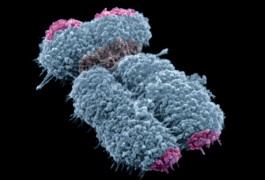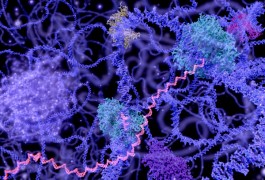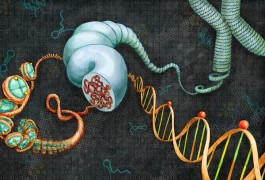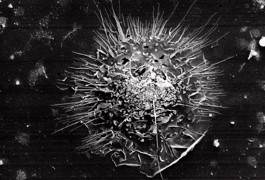Short chromosome caps may up autism risk in families
Telomeres, the structures at the tips of chromosomes, tend to be unusually short in people with autism and their immediate family members.
From parental age to infection during pregnancy, environmental elements can influence autism risk.

Telomeres, the structures at the tips of chromosomes, tend to be unusually short in people with autism and their immediate family members.

Older women and men are at high risk of having a child with autism — and so are teenage girls and parents whose age differs by at least a decade, according to a multinational study of more than 5 million children.

Many children with autism have gastrointestinal problems, seizures and sleep disorders. A new study suggests that these seemingly disparate conditions are interconnected and may lead to the children’s behavioral issues.

Autism is undoubtedly on the rise, but we may never be able to fully explain why, says Maureen Durkin.

Children whose older sisters are on the spectrum are at higher risk for autism than are those with affected older brothers, a new study suggests. Younger brothers of children with autism are at greater risk than younger sisters.

A new study may help explain why the symptoms of Rett syndrome appear 6 to 18 months after birth. It suggests that the role of MeCP2, the protein missing in the syndrome, becomes more important as the brain matures.

Some people with autism can tolerate extreme heat, cold or pressure and seem relatively insensitive to pain. Paradoxically, they may experience intense pain from idiosyncratic sources but struggle to communicate it.

Adults with autism are at an increased risk for diabetes, depression and a number of other health problems, suggests a large survey of electronic health records.

Women who have unusual patterns of chemical tags on their DNA during pregnancy may give birth to children who develop autism symptoms. The preliminary results are being presented today at the 2015 International Meeting for Autism Research in Salt Lake City, Utah.

The mutation that causes Rett syndrome may spark uncontrolled inflammation throughout the body and brain, suggests a study published last week. The findings may explain the syndrome’s wide range of symptoms, from seizures to gut problems.